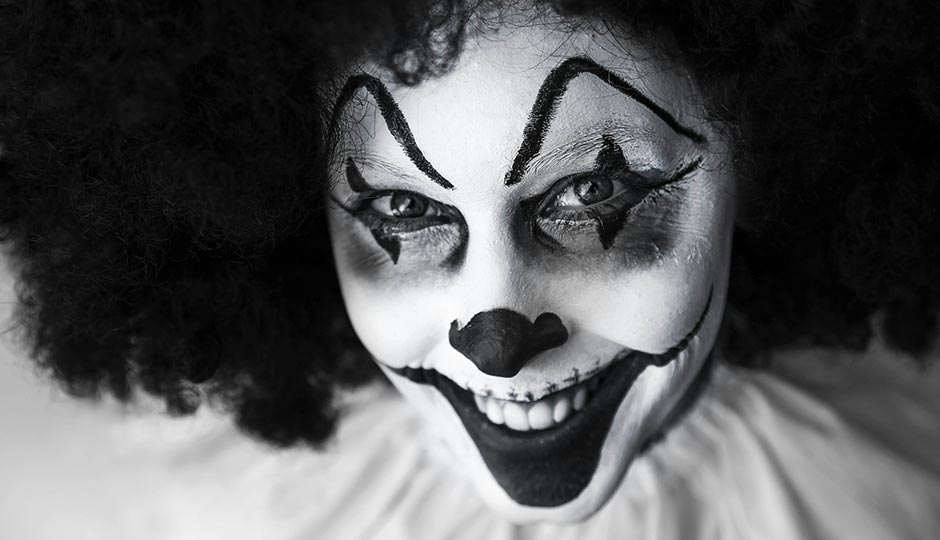Creepy Clowns Don’t Stand a Chance Around Here

Photo by Desertrose7/Pixabay
It seems the creepy clowns that first made their appearance months ago, trying to lure innocent passersby into the woods, have crossed the Mason-Dixon line and are now reportedly haunting Pennsylvania.
No verified sightings in Philadelphia yet, though there have been a spate of unverified ones. Clown-related threats issued to local schools earlier in the week have been found to be adolescent pranks, the police have assured. Still, Philly residents have responded to the possibility of the creepy clown appearances by tweeting taunts from North Philly and posting vines of fake encounters between a posse of clowns and a posse of South Philly folk. Amid some salty language, the faux clowns get their asses handed to them in Philly.
Fair warning to you, clowns: no coulrophobia (fear of clowns) here. This is a tough and gutsy town. We don’t run.
But we do speculate.
So I asked A.C. Wise, local speculative fiction author and co-editor of Unlikely Story, publishers of the Journal of Unlikely Coulrophobia and the anthology Clowns: The Unlikely Coulrophobia Remix, to share her take on the creepy clowns we’ve been hearing about since August.
“I’ve had a lot of people send me articles about sightings in their local area,” Wise said. “I’ve heard and read several theories, from a viral marketing campaign for the new “It, to an early Halloween prank, to an innocent mix up with a kid in a clown costume. I’ve seen articles linking the current phenomenon back to the rash of unexplained creepy clown sightings in the early 1980s, which pre-dated the publication of [Stephen King’s] “It”, and of course linking it back to John Wayne Gacy, the serial killer who dressed as a clown and murdered at least 33 young people in the 1970s.
“It wouldn’t surprise me if there were incidents going back even further. There is something primal and uncanny about clowns. They look like us, but distorted. Their white makeup evokes the pallor of death; their red lips bring to mind images of consumption (possibly in multiple senses of the word). Historically, clowns are outside the rules. They come in to upset the natural order. They are tricksters with the sacred authority to mock even kings without consequence. Why wouldn’t that be terrifying? And also a little appealing. Maybe this latest resurgence of the clown phenomenon is people wanting a break from the social norm for a while, the ability to disappear behind a mask and enjoy a little freedom. Though, of course a tiny part of me would like to think they were all just inspired by our anthology.”
Professional clowns aren’t amused by the creepy clowns, and even Stephen King has joined the fray, decrying the hysteria surrounding them and defending more genuine exponents of the clowning art.
It’s all a little surreal and, yeah, creepy.
But then, we’re living in surreal times when a clownish political candidate has turned creepier with every sighting since his primary victory in South Carolina (which some pundits believe is the moment he wrested control of the Republican Party from the more genuine exponents of the GOP’s heart).
Like the clowns Wise describes, Donald Trump’s candidacy has been all about the way he plays outside the rules, and about mocking authority without consequence. His mockery of the disabled, of veteran P.O.W.s, of Mexicans and Muslims, of women, is indeed terrifying.
But I think Wise is onto something with that last part about people wanting a break from the social norm — if not, how would the most visible and creepiest clown of all gotten this far?
I hope come November 8th, South Philly and North Philly turn out to be as feisty about the political clown as they are today about the brotherhood of traveling clowns, or creepy clown posse, or whatever we want to call them. I fear that otherwise none of us are going to be left laughing.


